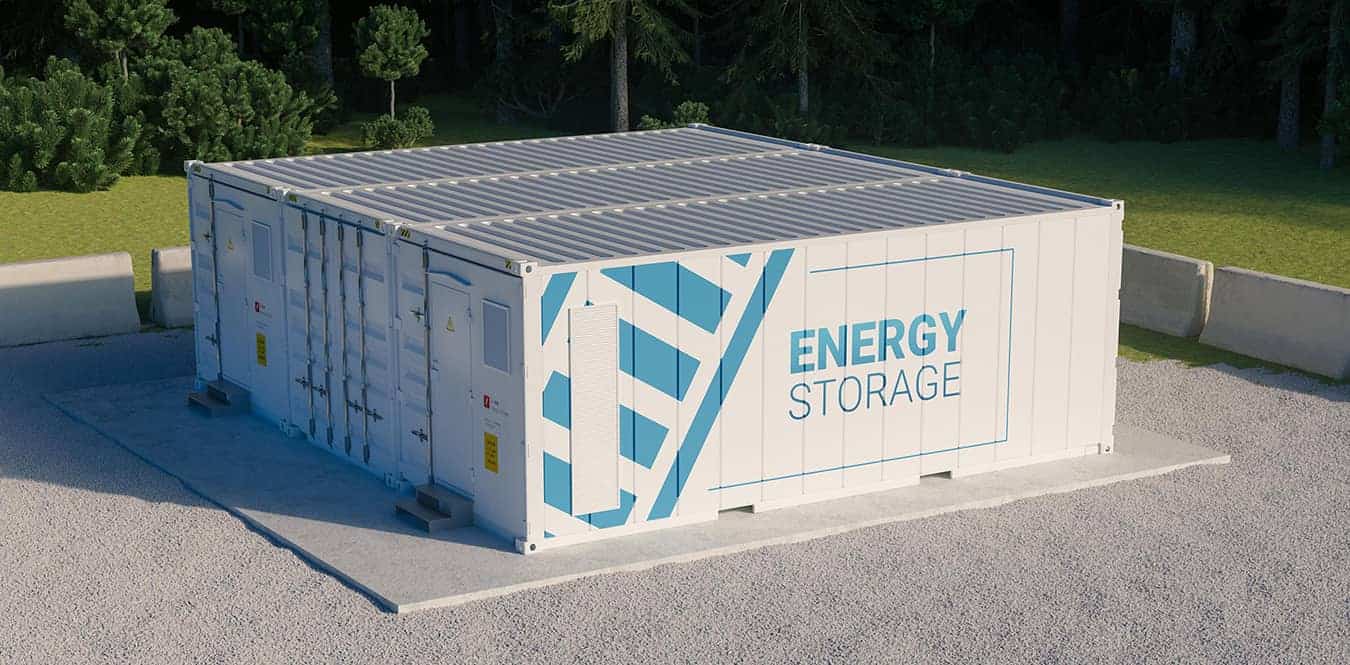Britain’s early local energy markets set to pave the way for energy storage
The local energy markets being developed in the U.K. go beyond most current transactional microgrid concepts, which may allow for electricity trading but usually only on a peer-to-peer basis. Immersa Business Development Partner Stephen Bradley shares the following article from Green Tech Media.
An island grid and growing renewables production are forcing Britain to take a leading role in the development of local energy markets.
While new energy trading platforms are being piloted across the world, “international projects are more about testing technology than they are about creating a marketplace,” said Mark Futyan, distributed power systems director at Centrica, the British utility and global energy giant.
The local energy markets being developed in the U.K. go beyond most current transactional microgrid concepts, which may allow for electricity trading but usually only on a peer-to-peer basis. In contrast, Centrica is leading a pilot in Cornwall (in southwest England) that could pave the way for transmission and distribution system operators to source grid flexibility services directly from end-users, including residential customers.

Another U.K. project, in Oxfordshire, is being planned by a different utility, Scottish and Southern Electricity Networks.
U.K. initiatives are more commercially advanced than local energy markets being developed elsewhere, Futyan said. “Some of the more commercial platforms [internationally] are not really platforms,” he said. “They are matching services.”
“At the end of the day, the need for flexibility — and therefore local energy markets — arises from high penetration of renewables, a lot of distributed energy that creates local balancing problems, and a lack of interconnection, all of which are U.K. traits,” Futyan added.
“The U.K. is a natural first place for there to be challenges for this approach to address.”
Sonnen's involvement in Cornish project
Cornwall’s local energy market will deliver up to 585 kW-hours of battery capacity and up to 169 kW of solar power to local grid company Western Power Distribution and to the national transmission system operator, National Grid.
The storage capacity will come from 100 battery systems, all tied to residential solar arrays, that Centrica finished installing this month. Centrica claims the battery fleet would make up the largest residential storage-based virtual power plant in the U.K.
The residential storage assets will be aggregated through a platform provided by Shell-owned energy storage company Sonnen, but the market itself will use an algorithm developed by Centrica in partnership with Belgian analytics software firm N-Side.
Western Power Distribution is expected to start purchasing flexible services off the trading platform toward the middle of this year, with National Grid joining before year-end. Although Centrica will act as a selling agent for the residential storage capacity, the platform will also offer direct trading opportunities for generation assets such as wind farms and for commercial and industrial power users.
In these cases, “the market platform that we’re building does not reach out to each asset and turn them on and off,” explained Sam Wevers, product manager for the Cornwall local energy market at Centrica. “The platform communicates with the selling agent.”
The platform will allow these players to bid on flexible capacity auctioned on a reserve and utilization basis three months, one month, a week and a day in advance, as well as on an intraday basis.
In the future, Centrica will add peer-to-peer energy trading functionality via a separate platform, Exergy, from the New York-based blockchain developer LO3.
Avoiding unnecessary distribution grid investment
Although Centrica believes the pilot could help rein in energy curtailment that affects up to 10% of renewable production in the UK, Futyan said the main value of the local energy marketplace would be to help avoid distribution network operator investments.
“If they’re planning an outage, rather than bringing in a temporary generation, they can access the market to get short-term generation or load reduction,” he said. Alternatively, “if there’s a constrained part of the grid, instead of putting in new transmission lines, we can provide flexibility.”
Centrica envisages the Cornwall pilot running at least until the end of 2020, to comply with a financing agreement secured from the European Regional Development Fund. But Futyan said the company may look to start other local energy markets in the meantime and is already in conversations with distribution and transmission network operators to export the concept elsewhere.
Meanwhile, Scottish and Southern Electricity Networks is planning a similar scheme, called Local Energy Oxfordshire, which aims to be “one of the most wide-ranging and comprehensive smart grid trials ever conducted in the UK” according to a press release.
The £40 million ($52 million) Oxfordshire project is due to be up and running in the early 2020s.
Both local energy market projects follow pioneering UK island grid experiments including the Smart Energy Islands project in the Isles of Scilly and the Northern Isles New Energy Solutions scheme in Shetland.
This article was originally published on the Green Tech Media website and can be found here.
CONTACT
Terms and Conditions | Cookie Policy | Privacy Policy
© Immersa. All Rights Reserved.
